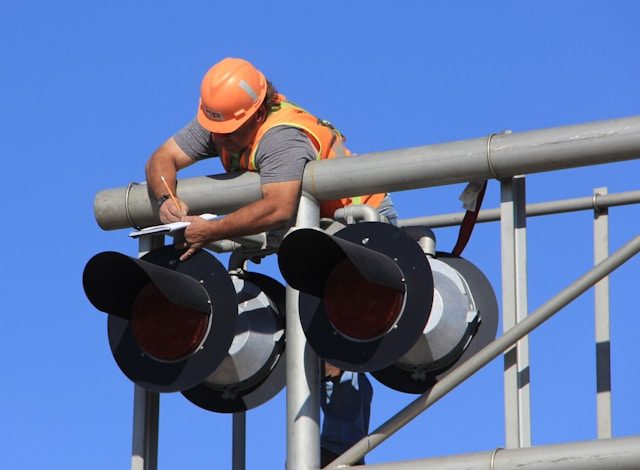
PREDICTIVE AND PREVENTIVE MAINTENANCE OF INDUSTRIAL PLANTS
Maintenance of industrial plants is essential to ensure efficiency and safety. Two fundamental approaches are preventive maintenance and predictive maintenance. This article explores both methods, highlighting advantages, challenges, and best practices for effective implementation.
Preventive Maintenance: What It Is and How It Works
Preventive maintenance involves regular and scheduled interventions. It is based on a calendar or the operating hours of the machine. The goal is to prevent failures before they occur.
Advantages of Preventive Maintenance
- Reduction of unexpected failures: Regular inspections allow for identifying and resolving issues before they become critical.
- Increased equipment lifespan: Constant maintenance reduces wear and tear, prolonging the life of machines.
- Improved safety: It reduces the risk of sudden failures, making the work environment safer.
Predictive Maintenance: What It Is and How It Works
Predictive maintenance uses sensors and data analysis to monitor the condition of equipment in real-time. This method allows for predicting failures before they happen, intervening only when necessary.
Advantages of Predictive Maintenance
- Efficiency of interventions: Maintenance is performed only when data indicates an imminent problem, reducing costs and downtime.
- Prolonged equipment lifespan: Continuous monitoring helps avoid severe damage.
- Resource optimization: Resources are allocated more efficiently, focusing on critical areas.
Challenges of Predictive Maintenance
The adoption of predictive maintenance requires investments in advanced technologies and staff training. Sensors, data analysis software, and data management represent significant challenges.
Key Differences between Predictive and Preventive Maintenance
The main difference between predictive and preventive maintenance is in the execution method. Preventive maintenance is based on a fixed schedule. Predictive maintenance relies on real-time data. Predictive maintenance is more efficient but requires advanced technological infrastructure.
How to Choose between Predictive and Preventive Maintenance
The choice depends on the budget, the criticality of the equipment, and the ability to invest in technology. In some cases, a combination of both approaches may be the best solution.
Both predictive and preventive maintenance are crucial for managing industrial plants. Preventive maintenance is straightforward and less costly initially, but predictive maintenance offers better long-term results. Understanding the specific needs of your company is essential for adopting the most effective strategy. An integrated approach can maximize efficiency, reduce costs, and ensure uninterrupted production.
